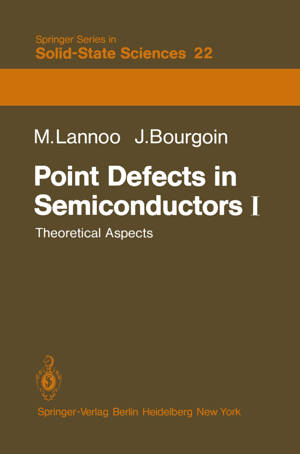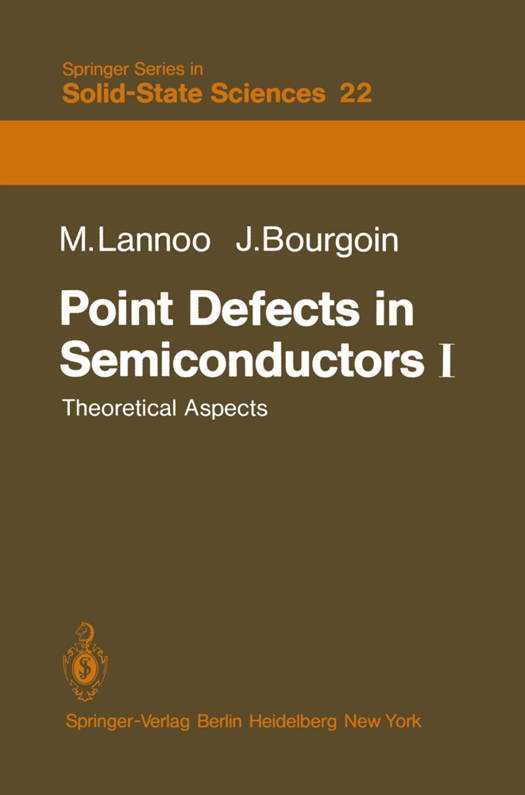
- Afhalen na 1 uur in een winkel met voorraad
- Gratis thuislevering in België vanaf € 30
- Ruim aanbod met 7 miljoen producten
- Afhalen na 1 uur in een winkel met voorraad
- Gratis thuislevering in België vanaf € 30
- Ruim aanbod met 7 miljoen producten
Zoeken
Omschrijving
From its early beginning before the war, the field of semiconductors has developped as a classical example where the standard approximations of 'band theory' can be safely used to study its interesting electronic properties. Thus in these covalent crystals, the electronic structure is only weakly coupled with the atomic vibrations; one-electron Bloch functions can be used and their energy bands can be accurately computed in the neighborhood of the energy gap between the valence and conduction bands; nand p doping can be obtained by introducing substitutional impurities which only introduce shallow donors and acceptors and can be studied by an effective-mass weak-scattering description. Yet, even at the beginning, it was known from luminescence studies that these simple concepts failed to describe the various 'deep levels' introduced near the middle of the energy gap by strong localized imperfections. These imperfections not only include some interstitial and many substitutional atoms, but also 'broken bonds' associated with surfaces and interfaces, dis- location cores and 'vacancies', i.e., vacant iattice sites in the crystal. In all these cases, the electronic structure can be strongly correlated with the details of the atomic structure and the atomic motion. Because these 'deep levels' are strongly localised, electron-electron correlations can also playa significant role, and any weak perturbation treatment from the perfect crystal structure obviously fails. Thus, approximate 'strong coupling' techniques must often be used, in line' with a more chemical de- scription of bonding.
Specificaties
Betrokkenen
- Auteur(s):
- Uitgeverij:
Inhoud
- Aantal bladzijden:
- 265
- Taal:
- Engels
- Reeks:
- Reeksnummer:
- nr. 22
Eigenschappen
- Productcode (EAN):
- 9783642815768
- Verschijningsdatum:
- 10/01/2012
- Uitvoering:
- Paperback
- Formaat:
- Trade paperback (VS)
- Afmetingen:
- 156 mm x 234 mm
- Gewicht:
- 412 g

Alleen bij Standaard Boekhandel
+ 211 punten op je klantenkaart van Standaard Boekhandel
Beoordelingen
We publiceren alleen reviews die voldoen aan de voorwaarden voor reviews. Bekijk onze voorwaarden voor reviews.








